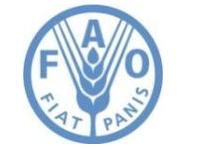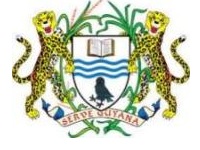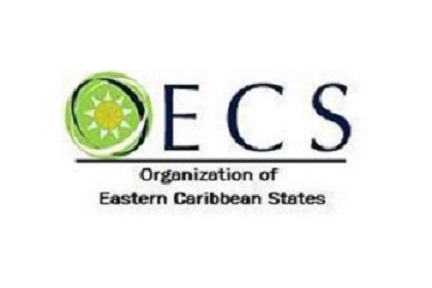The Red palm mite (Raoiella indica Hirst) is a plant pest of coconut, date, and areca palm. It is native to Egypt, Iran, India, Israel, Mauritius, Pakistan, Sudan, and Sri Lanka. This plant pest is easily distinguished from spider mites due to its red colour, flattened bodies, and long spatulate setae (hairs). These mites do not produce any webbing like spider mites. In Mauritius, the phytoseiid Amblyseius caudatus Berlese is considered a predator of R. indica. Another predator or biological control agent of this plant pest is the predatory mite Amblyseius channabasavanni Gupta found in India.
During the rainy season, the endemic fungal pathogens such as Hirsutella can be effective against the mite as is the phytoseiid Neoseiulus longispinosus, a species native to the Asian region. Spray treatments are another control method used to control the red palm mite. These spray treatments containing sulfur, milbemectin, pyridaben, abamectin, and etoxanole have been shown to control mites in Florida.
The red palm mites are visible to the naked eye and are found in large groups of hundreds on the underside of leaves. Yellow blotches and speckles are from feeding damage on the lower surface of the leaves.
This plant pest can be transported through infested plant materials or plants which also include handicrafts (bowls, hats, etc.) and coconut seeds. These vectors have been known to harbour viable eggs and live mites. Wind currents are also vectors for the movement of infested plants through cut branches of plants or nursery stock.
Currently, there are plant quarantine measures being used to restrict the movement of infested material.
Read more from our source below!
Source:
CPHD Forum – About Red Palm Mite
Entomology & Nematology UF/IFAS – Red Palm Mite
CARDI – Red Palm Mite Bibliography
CABI – Raoiella indica (red palm mite) Datasheet













